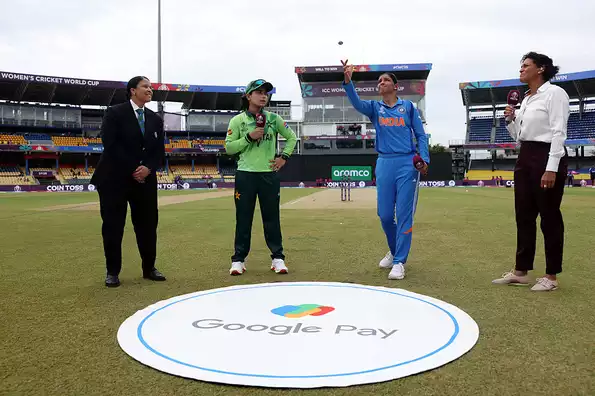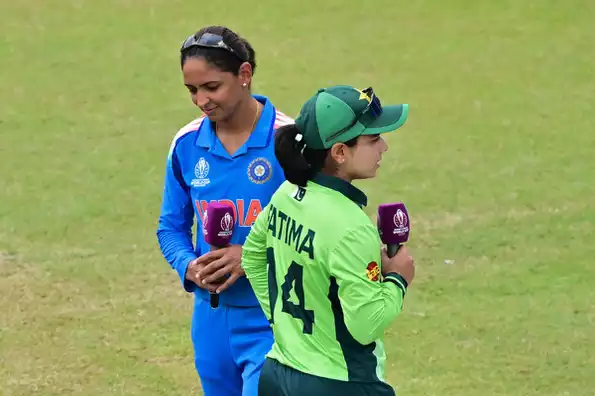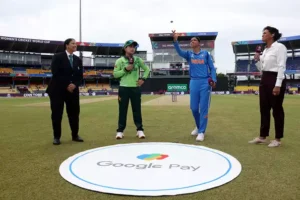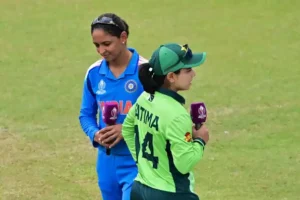Cricket is often associated with fierce competition, intense rivalries, and historic tournaments. Yet, behind the scenes of test series, World Cups, and T20 leagues lies a softer side of cricket—the tradition of friendly matches. These matches, often played in a relaxed atmosphere, focus on sportsmanship, skill development, and international camaraderie.
In this blog, we explore the history of cricket friendly matches, their significance, notable encounters, and why they continue to hold a special place in the cricketing world.
1. What Are Cricket Friendly Matches?
A friendly match, also called an exhibition match, is a cricket game played without the high stakes of a tournament or official series. Key features include:
- Relaxed Atmosphere: Less pressure on players and teams.
- Skill Development: Opportunities for young players to gain experience.
- Sportsmanship: Promotes goodwill between countries or clubs.
- Fan Engagement: Often played for entertainment and community outreach.
Friendly matches are not just about winning—they’re about celebrating cricket and building relationships.
2. Early Days of Friendly Cricket
Cricket’s roots in the 18th and 19th centuries saw numerous friendly encounters between local clubs, schools, and counties. Some key points in early friendly cricket history include:
- Club Matches in England: Local clubs organized matches for practice and social interaction.
- Colonial Era Friendlies: British colonial officers in India and the Caribbean often arranged friendly games with local teams.
- Player Development: Friendly matches allowed emerging players to showcase talent and gain recognition.
These early encounters laid the groundwork for modern cricket tours and exhibition matches.
3. International Friendly Matches
Friendly matches between countries became popular in the 20th century, especially outside official test or ODI series. Examples include:
- England vs. Australia Warm-Up Matches: Before Ashes series, teams often played friendly warm-up games to acclimatize to conditions.
- Tour Matches in India: Visiting teams played friendly matches against state or invitational sides to adapt to local pitches and weather.
- Charity and Festival Matches: Some friendlies were organized for charity, awareness, or festival celebrations, promoting cricket as a tool for unity.
International friendlies helped teams test strategies, experiment with lineups, and reduce pre-match pressure.
4. Role in Player Development
Friendly matches have always been crucial for grooming young talent:
- Opportunities for Debutants: New players can showcase skills in low-pressure settings.
- Experimenting with Batting/Bowling Orders: Coaches can try different combinations without impacting official rankings.
- Learning from Veterans: Young cricketers gain insights by playing alongside experienced players in relaxed conditions.
Many legendary cricketers began their journey in friendly matches before stepping into test and ODI arenas.
5. Notable Friendly Encounters in History
Some friendly matches have become memorable for fans and players alike:
- World XI Matches: Special matches against a World XI team often include legends and rising stars for charity or celebration.
- India-Pakistan Peace Matches: Friendly encounters between India and Pakistan have been organized to promote peace and goodwill.
- Festival Matches in England: Matches held during holidays or cricket festivals often bring communities together for entertainment and fun.
These matches are more than just games; they reflect cricket’s cultural and social significance.
6. Evolution with Modern Cricket
With the rise of T20 leagues and international tournaments, friendly matches have evolved:
- T20 Warm-Ups: Before IPL seasons or international T20 series, teams play friendly games to fine-tune strategies.
- Exhibition Matches for Fans: Stars often participate in charity or promotional matches for fan engagement and marketing.
- Virtual Friendlies: During recent pandemic restrictions, online or virtual-friendly games emerged to keep fans connected.
Even in the modern competitive era, friendly matches remain a bridge between entertainment and cricket development.
7. Significance of Friendly Matches
Friendly cricket holds multiple benefits:
- Promotes Sportsmanship: Players focus on enjoying the game and learning from each other.
- Reduces Pressure: Allows experimentation without consequences on rankings or points.
- Encourages Community Engagement: Many friendly matches are open to fans, schools, or charity initiatives.
- Global Outreach: Promotes cricket in non-traditional cricketing nations, expanding the sport’s popularity.
Friendly matches are essential in maintaining the balance between competition and camaraderie in cricket.
8. Memorable Moments from Friendly Cricket
- Sachin Tendulkar Playing with School Teams: Special matches with children brought smiles and inspired young fans.
- World XI Charity Matches: Featuring legends like Shane Warne and Brian Lara, these matches were entertaining and philanthropic.
- Festival Matches in India and Australia: Combining cricket, music, and community events, they show cricket’s cultural reach.
Even without official records or rankings, these moments are etched in cricketing memory.
Conclusion: Friendly Matches Keep Cricket Human
The history of cricket friendly matches is a reminder that cricket is not only about trophies and statistics. From early club matches in England to charity matches with world-class legends, friendly encounters have fostered learning, entertainment, and international goodwill.
Friendly matches are the heartbeat of cricket’s human side, allowing fans, players, and communities to celebrate the sport in its purest form. While competitive tournaments test skill under pressure, friendly cricket highlights the joy, camaraderie, and spirit of the game.
Whether it’s a warm-up match before a major series, a charity exhibition, or a festival encounter, friendly cricket matches remind us that cricket is, at its core, about connection, learning, and shared passion.








